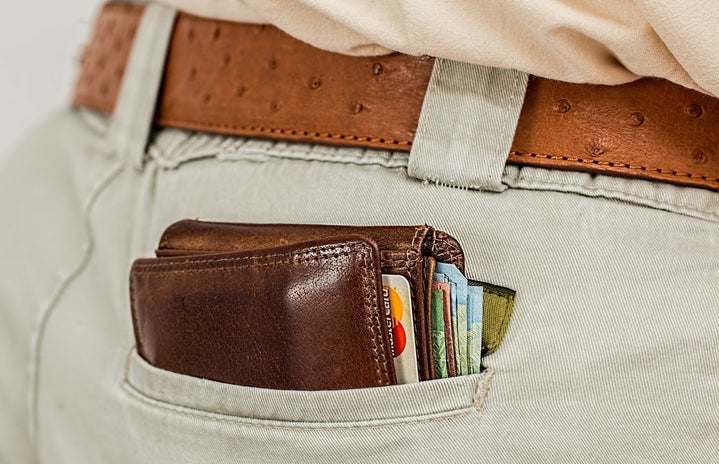Everyone knows the “broke college student” stereotype and, unfortunately, it’s pretty accurate in most cases. Even if you’re lucky enough to be able to hold a part-time minimum wage job, it can be difficult to save money with the rising costs of student loans, rent, and food—and those are only the basic necessities. Now, I am nowhere near a financial expert—I still overspend on unnecessary luxury items, and often find myself unable to resist temptation—but I have been tracking my personal finances ever since I started earning my own money over two years ago and I’ve learned quite a few things in that time. Of course, I recognize that my strategies might not work or be applicable to every person, but hopefully at least one thing I mention will be useful to someone.
- Make an Excel Spreadsheet
-
In my personal experience, an Excel spreadsheet is the best way to track your money because you can customize it in a way that works best for you. Some people may find Excel to be intimidating, but your spreadsheet doesn’t need to be super complicated—mine certainly isn’t. I’ve included an image of what my spreadsheet looks like (with arbitrary numbers) as an example. Essentially, it tracks every transaction I make and the account(s) that are affected, and also calculates my final balances. I find this more helpful than simply checking my bank account because I can name the transactions in a way that I’ll remember, and also have all of my balances neatly categorized in one place for convenience.
- Track Your Spending by Category
-
This is a strategy that I decided to adopt in 2020 because I realized that I had been overspending in certain areas without even noticing. You can choose to categorize your spending in any way you like; I chose mine based on which areas I spent most of my money, and which items I thought made sense to group together. Again, I’ve included an image of my own spreadsheet as an example.
- Keep Track of Your Regretful Purchases
-
In the previous image, you may have noticed that I included a category labeled “regretful purchases.” This label is essentially my buyer’s remorse category and includes anything I bought that I really wish I hadn’t. Clothing items are among the most common to show up in this category, but it can also include anything from accidental purchases, like subscriptions that you forgot to cancel, or spontaneous impulse buys. I think it’s important to keep track of regretful purchases so that I don’t make the same mistake twice.
- Try to Put a Certain Percentage of Your Income Into Savings
-
This last tip might not be feasible for everyone, but if it’s possible, I’d recommend putting a certain percentage of every paycheck you receive directly into your savings account. This way, the money isn’t as easily accessible, so you aren’t able to spend it as quickly. In addition, if you save a portion of your paycheck every time, eventually that money will start to collect until you have a sizable amount to fall back on. When I held a part-time job in high school, I saved 60% of every paycheck I received, but honestly any percentage can make a huge difference.



